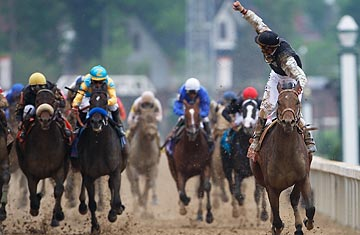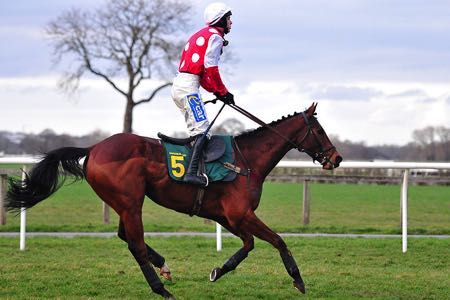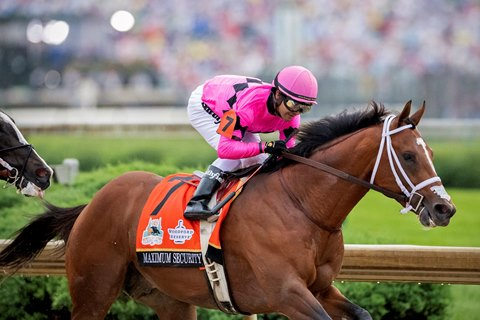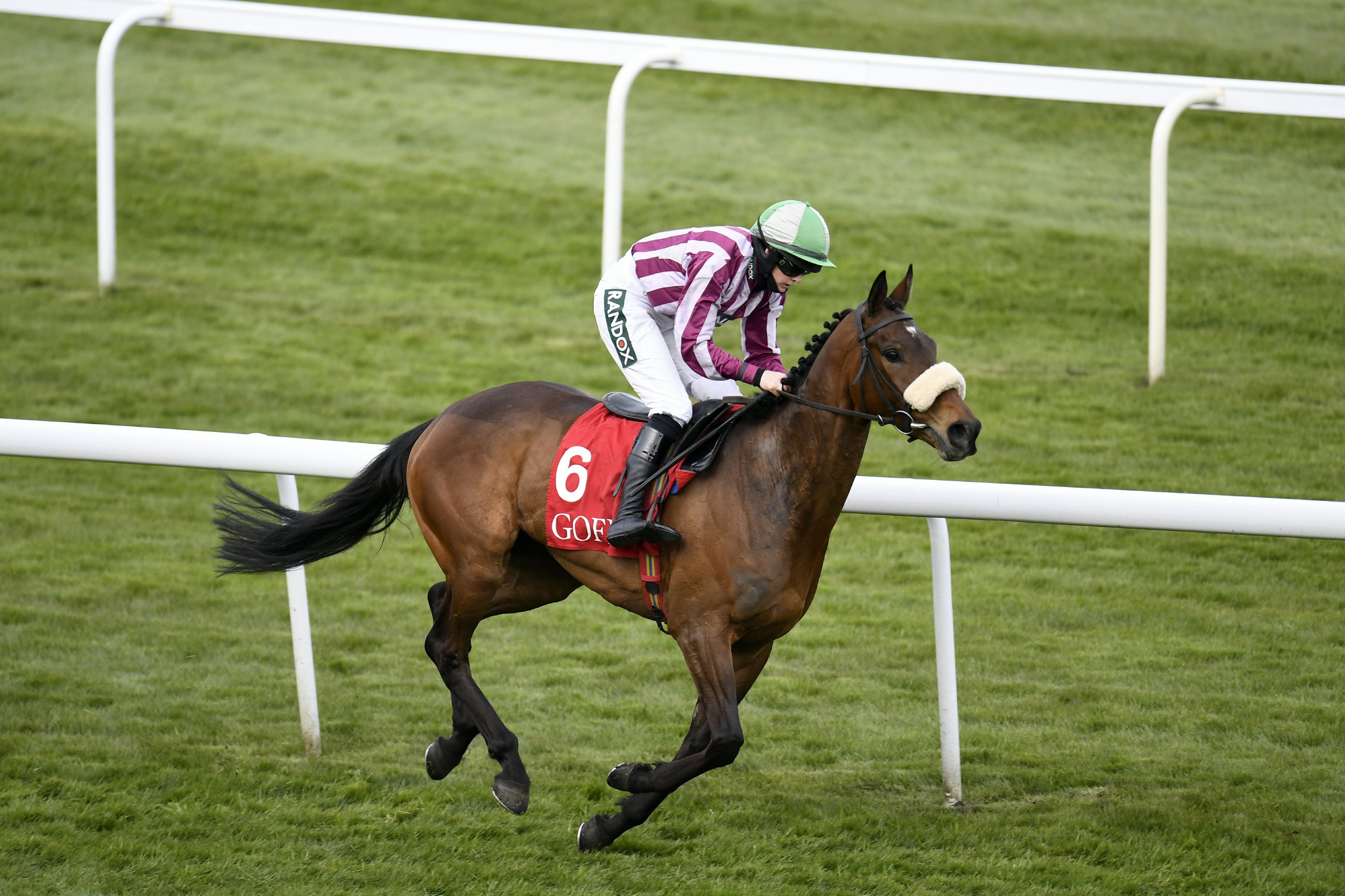All Punters, Racing Analysts, and horse racing enthusiasts, in general, love the feeling of seeing a horse turning for home well off the pace. The anticipation rises as the jockey manoeuvres into the drive position, standing up and whip flashing as the horse weaves a passage through a myriad of horses to storm home and win. That feeling is multiplied when a wager has been placed on the horse.
Why do Jockeys Stand Up when Racing ? According to London-based research, jockeys stretch and tighten their legs, delivering vertical force with their body weight with the jockey partially adjusting to the horse’s motion. This manoeuvre requires a significant amount of mechanical exertion on the jockey. Jockeys maintain their balance by standing in the stirrups, which keeps their body level and enables the horse to run faster. Jockeys exert considerable effort to lessen the horse’s weight by keeping their bodies out of the saddle. Jockeys stand in the stirrups during a race to increase their chance of winning races, a position named the “monkey crouch.” This position reduces the energy a horse uses to run while carrying the jockeys’ weight
Controlling a Horse – The Monkey Crouch, the long looped rein and the whip
Todd Sloan, an American jockey, arrived in the United Kingdom in 1897 and transformed the world of horse racing. He crouched high in his stirrups instead of swinging his legs down his horse’s sides. The awkward-looking stance was dubbed the “monkey crouch” by the British. This innovative way of riding a horse became the new normal, as jockeys who used Sloan’s approach improved their horses’ race times by approximately six per cent, a huge difference when one considers that horses typically run at approximately forty miles per hour.
Even as the horse and rider progress, they bob up and down with each step. Various researchers discovered that, whereas a horse’s vertical displacement averaged 150 millimetres each stride, the rider’s vertical displacement was only approximately 60 millimetres. By almost hovering above his ride, the jockey saves the energy that the horse would typically use in pushing him back up after each bounce down into the saddle. While racing, a jockey’s heart rate may exceed 190 beats per minute.

Jockeys employ the long, looped reins standard in English riding and rubber grips for a better grasp. In a horse race, the jockey pulls the reins low and tight, causing the horse’s chin to tuck into his chest. Horse racing whips are lightweight and constructed of soft foam. Jockeys strike their horses to motivate them to run, and whipping them produces a popping sound that causes a horse to concentrate. The contemporary whip is intended to make noise rather than cause pain.
The Horse Racing Jockey – His Primary Function and Qualification
A Jockey’s Primary Function to Win Horse Race it’s as simple as that. However, horse racing jockeys must be extraordinarily strong and brave to handle horses several times their size while travelling at speeds of up to 40 miles (64 km) per hour.
Jockeys must generally be licensed to ride a horse in a race, with the prerequisites for being licensed including prior experience in the saddle, being in excellent physical condition, and being at least 16 years old. Jockeys gain knowledge of the sport via on-the-job instruction and attendance at jockey schools. They are apprentice jockeys before they become full-fledged jockeys.

Jockeys continually study reruns of their horses’ previous races and the jockeys and horses they will be competing against in a particular race. They learn about the form of the horses in a particular race and are well-versed in the nuances of the racetrack they will be running on. A jockey must be both intelligent and brave and influential in the finish of a race and well balanced to exact the maximum effort from their horse during a race. They have to follow a strict diet and maintain a strict gym routine to stay fit and strong.
The Jockey – Making the Horses Burden a little lighter
Jockeys keep level by standing in the stirrups, which allows their bodies to remain level and helps the horse run faster. Jockeys expend large amounts of effort to reduce the horse’s Burden while holding their bodies out of the saddle.
Jockeys don’t follow the horse’s movement but stay relatively stationary, allowing the jockey to float above their mount. The jockey, therefore, expands less energy whilst staying in the monkey crouch position, and the horse also expends less energy it would otherwise have required to move the jockey back up after each bounce down into the saddle. This conservation of energy by the horse could mean the difference between winning a race and finishing second.

The most vital aspect of being a jockey is not being overweight relative to your height. There are weight constraints that all jockeys must adhere to compete in a race. Depending on the event, these weight limitations may vary, with Flat jockeys typically weighing approximately eight stone (approximately 50 kilograms), whereas jump jockeys may weigh up to nine stone (approximately 57 kilograms). In terms of height, there is no set standard for jockeys. However, since jockeys are lightweight, the typical height ranges between 4″10 and 5″6 feet (between 1.47 and 1.67 meters).
The Jockey – Stand Up and be Counted
Some think that a life of a jockey is a glamorous one. Yes, there are days when a Graded race has been won, and many thousands of pounds have been banked that life will be perfect. However, there will be days when the jockey will experience near life-threatening injuries or punters who will not be happy with the ride a particular jockey has given a horse.

Despite setbacks, jockeys will always strive to give their best for every horse. They will strive to galvanise the equine thoroughbred to give their all, standing upright in the saddle, whip in hand, perfectly balanced, to give their mount every opportunity to win the race. The horse will not win every time, but when it does, the feeling that will accompany the thrill of the win will be one of euphoria for the jockey, trainer and owner.

